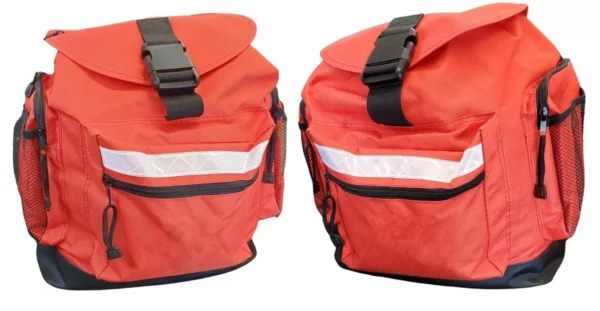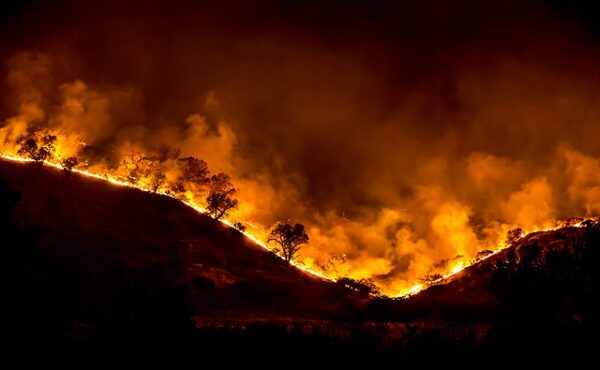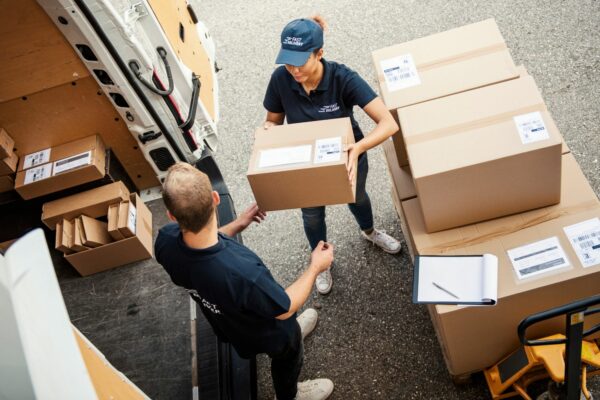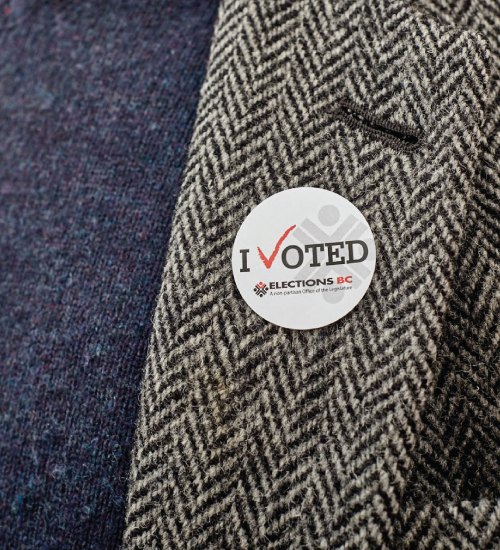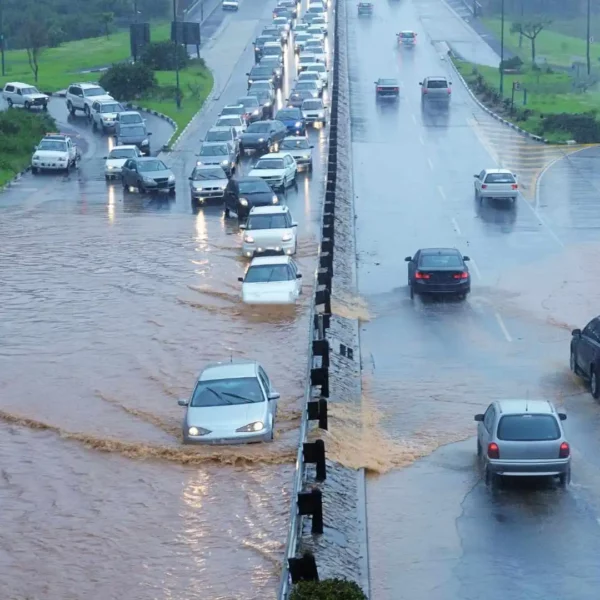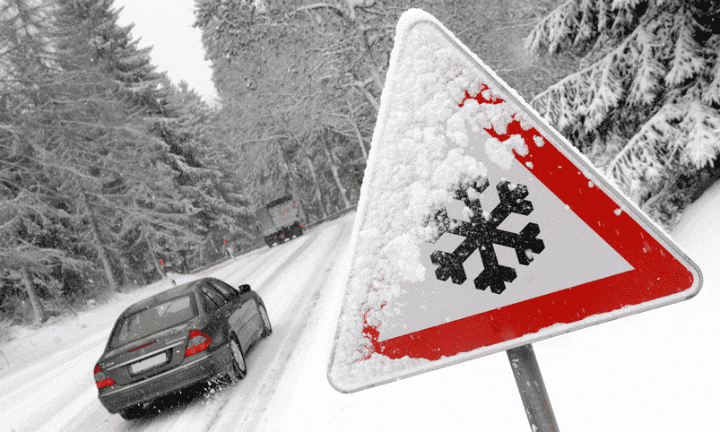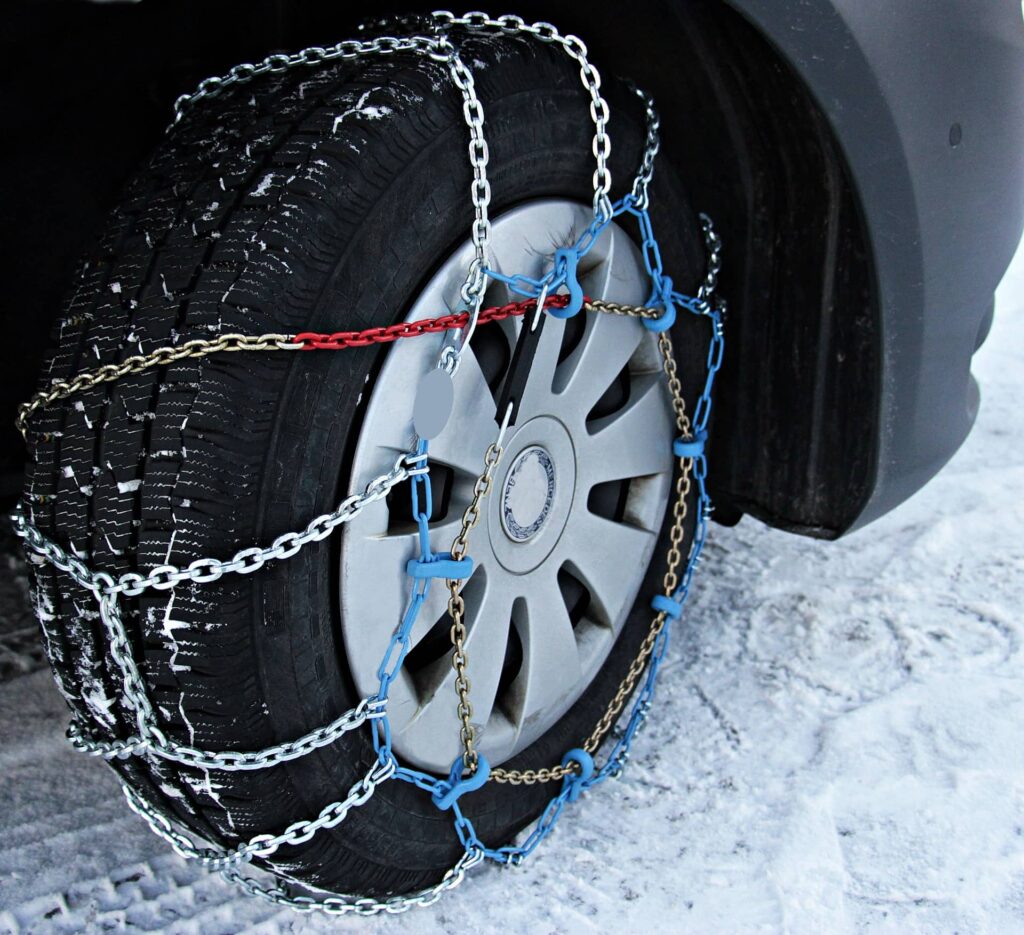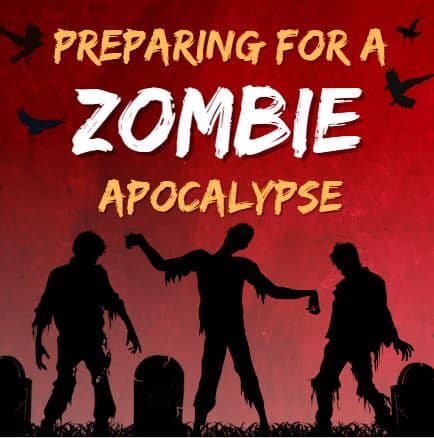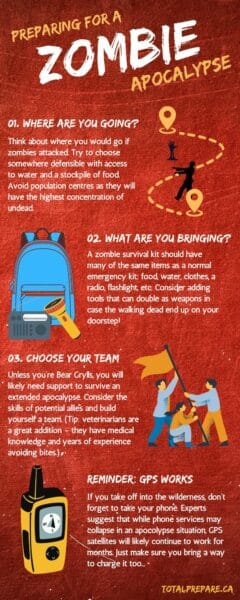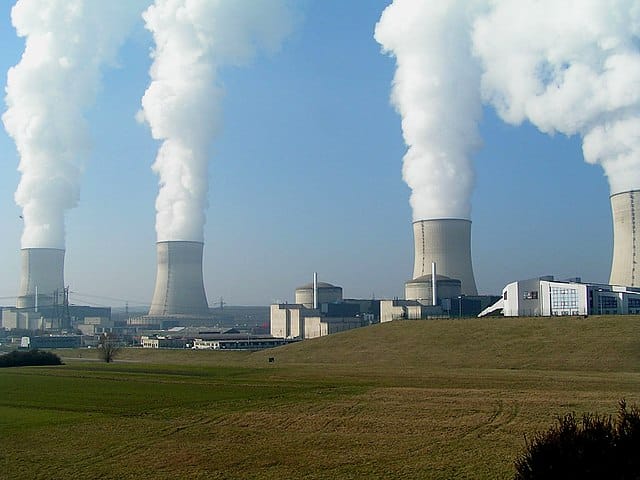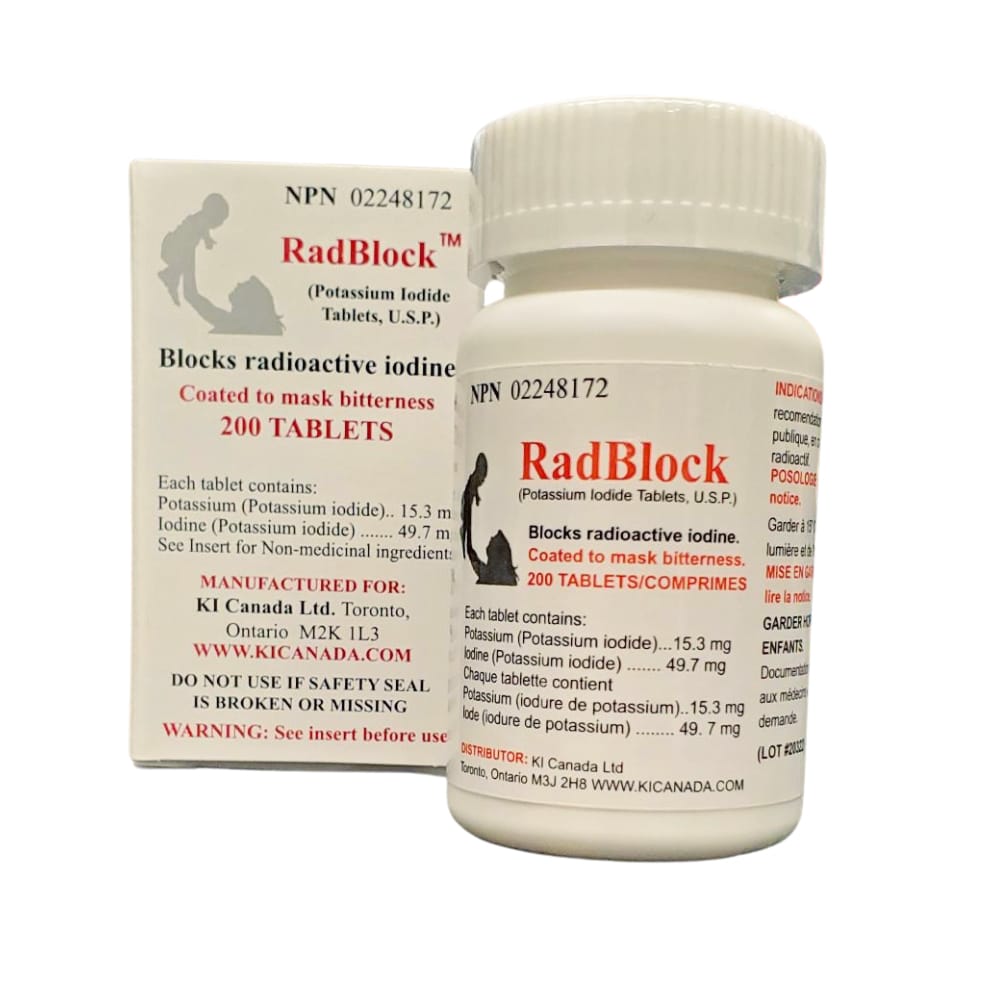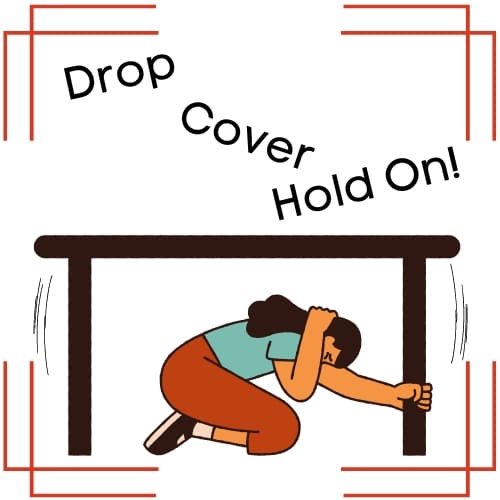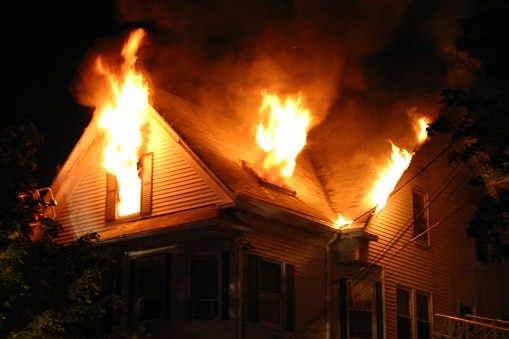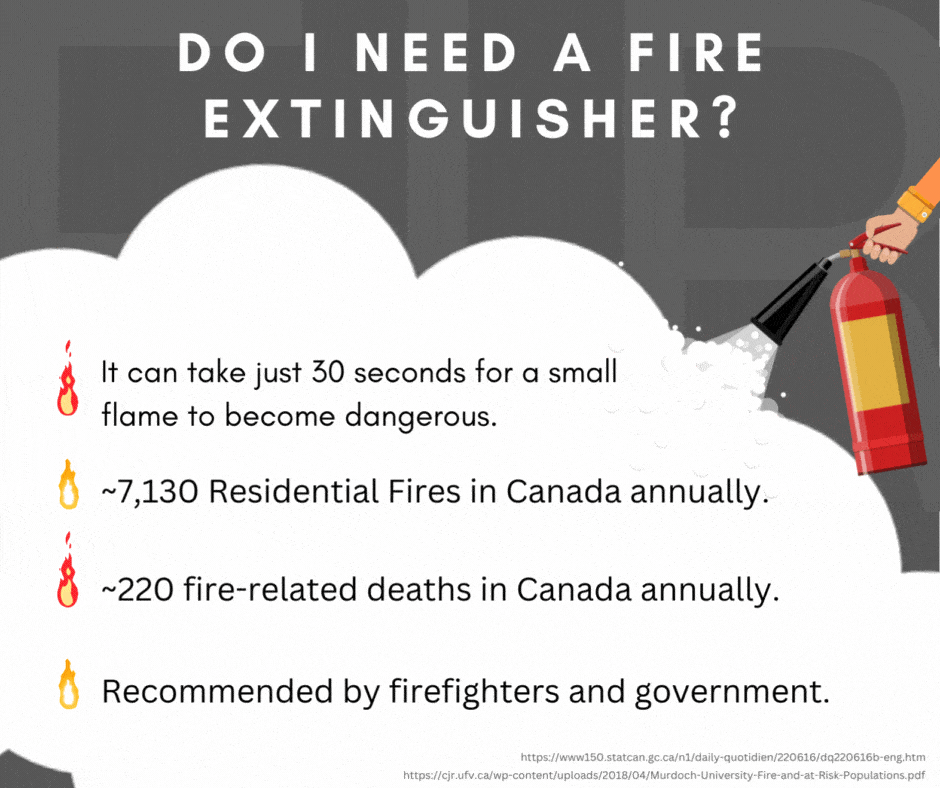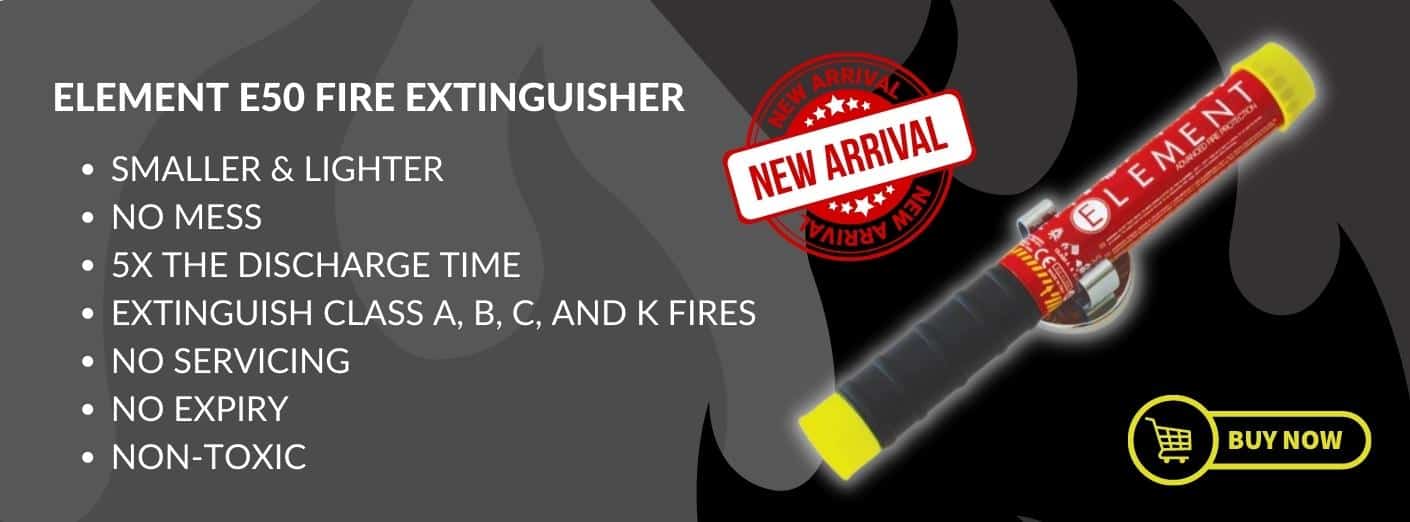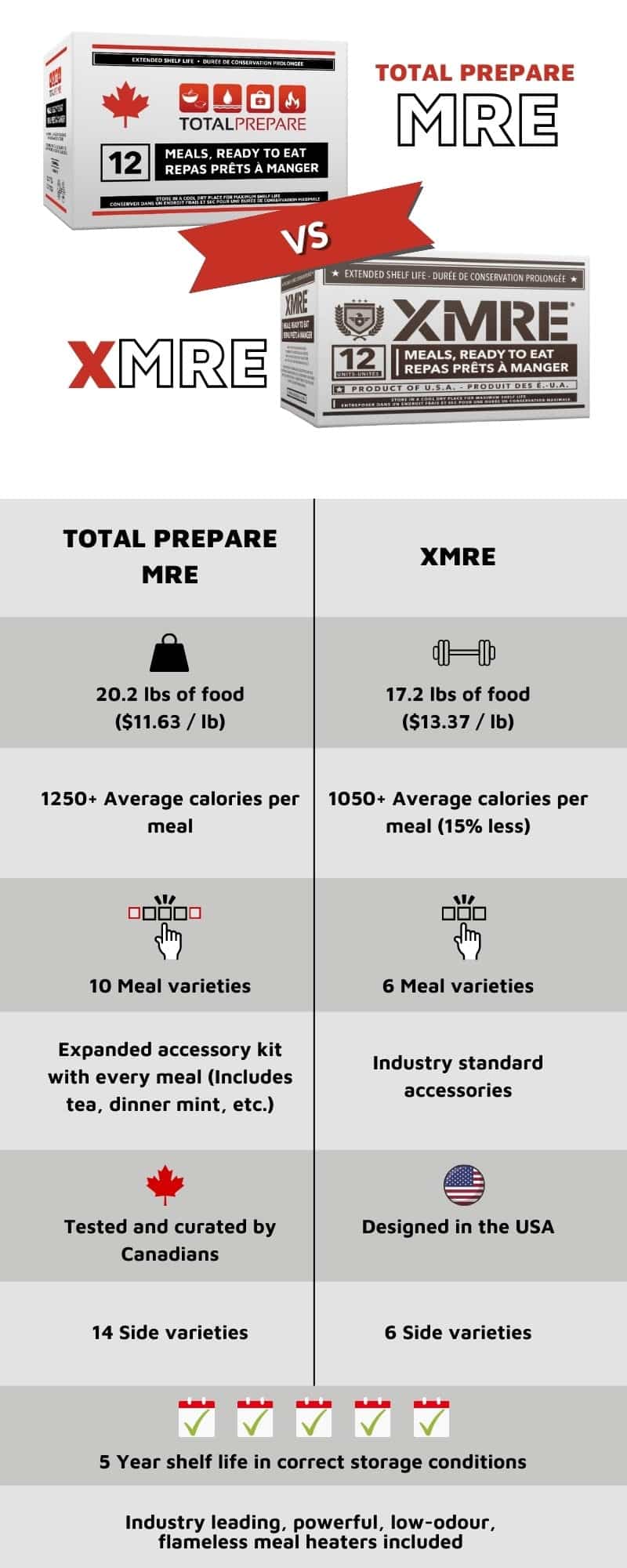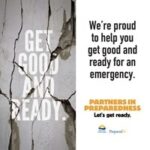Case Study: Otipemisiwak Métis Government FREE Emergency Kit Program
Highlighting a collaborative effort between the Otipemisiwak Métis Government and Total Prepare, this article delves into a significant initiative that saw the distribution of 500 Emergency Kits to Citizens of the Otipemisiwak Métis Government within Alberta. This partnership not only delivered essential resources but also fostered education and empowerment within the Métis community.
In this post, we will explore the intricacies of the project, from its inception to execution, shedding light on the impactful results and drawing insights for those considering similar initiatives. The collective efforts showcased in this program emphasize the significance of proactive preparedness and the strength of partnerships in enhancing community resilience during challenging times.
The Otipemisiwak Métis Government
The Otipemisiwak Métis Government of the Métis Nation within Alberta is the oldest continuous Métis government in Canada. It was originally established in 1928, and has been built by Alberta Métis over generations. The Otipemisiwak Métis Government delivers programs and services to Métis Citizens living throughout Alberta through its governance structures and affiliates.
Figure 1.President Andrea Sandmaier of the Otipemisiwak Metis Government.
For this project, Total Prepare had the privilege of working alongside the Otipemisiwak Métis Government’s Environment and Climate Change Department. Among their many initiatives, this department hosts a variety of Speaker Spotlights, offering expert presentations to their Citizens on a variety of environmental topics. These presentations are customized to focus on Alberta-specific issues, through a Métis lens. Total Prepare’s very own Isabel Wood was honoured to give one such presentation on emergency preparedness, which will be discussed later.
The Need
According to Kimberly Mosicki, the Otipemisiwak Métis Government’s Environment Manager:
“Our staff started brainstorming ideas of what could be done with [our remaining budget] that would be of most benefit to our Citizens. Over the years, we have heard increasing concerns about wildfires and the wildfire season, and emergencies are getting more and more severe in Alberta.”
Knowing that Emergency Kits are a great resource during all kinds of emergencies, including wildfire and evacuation scenarios, the Otipemisiwak Métis Government team decided to embark on an initiative to provide 72-hour Emergency Kits to as many families as they could with their remaining budget, prioritizing households in rural or remote communities.
“We want to empower them to feel safe in the event of an emergency.” – Kimberly Mosicki during a February 2023 interview with CBC Radio, discussing the Emergency Kit initiative.
Choosing a Partner
Kimberly’s team researched possible partners for the project extensively, creating a spreadsheet with a wide variety of vendors.
“We went through our top three or four choices, prioritizing ones that were local – either to Alberta, or at least Canadian based – and had the kinds of kits that it looked like we would be interested in purchasing.”
They sent requests to three different companies for a quote on 250 emergency kits. Two of the vendors broadened the conversation, learning more about the project, and providing expertise to help the Otipemisiwak Métis Government curate the best kit possible for their needs.
Total Prepare offered to participate in the Otipemisiwak Métis Government’s ongoing Speaker Spotlight series, giving a webinar to help educate interested Métis Citizens about emergencies local to Alberta. The presenter, Isabel Wood, worked together with the Otipemisiwak Métis Government to tailor the presentation to their preferences.
Total Prepare was also able to provide customized documents and free resources, as well as handling final delivery to households. These value-adding services, and the relationship built over the planning of the project, made Total Prepare the final choice for the project vendor.
A Note on Price
While Total Prepare was not the cheapest option for the specified 250 emergency kits, their team was able to exercise economies of scale to provide 500 emergency kits, at a price point only slightly higher than the original quote. This made the per-kit price very competitive. Combined with the value-adding services mentioned above, the new price helped to cement Total Prepare’s place as the partner for the initiative.
Sourcing & Kit Building
To build the best kit at the best price, Total Prepare sourced several non-stock items from trusted partners. While Lunar New Year celebrations slowed some acquisitions from overseas, delaying assembly, everything arrived complete and in good condition.
Total Prepare’s warehouse team called in additional resources, utilizing secondary locations, and working non-stop to build all 500 kits as quickly as possible. The goal became to mitigate the sourcing delay as much as possible. The team assembled all kits in half the scheduled time.
Logistics
To ensure that the Emergency Kits arrived to those with the greatest need, the Otipemisiwak Métis Government put out a call to their Citizens. They received over 1,600 requests, further reinforcing the need for the initiative. They then prioritized those in rural communities with vulnerabilities such as a lack of access to emergency services, mobility issues, or households with small children – anything that would add more challenges during an evacuation or emergency.
The Otipemisiwak Métis Government then confirmed the citizenship of each recipient, along with their shipping information. The latter was gathered into a spreadsheet and sent to Total Prepare, who handled distributing the Emergency Kits to their final destinations. To be prudent, Total Prepare planned for up to 5% of orders to encounter courier problems, but issues occurred in less than 1% of shipments.
This process was scalable and error free thanks to new software at Total Prepare. All addresses and customer information could be uploaded directly to the shipping software, eliminating manual errors, and ensuring the couriers received all information exactly as it was entered.
Of the logistics, Kimberley said:
“[Ed from Total Prepare] was very responsive. And, honestly, the shipping was fantastic. We gave numbers and names – that was it… and we got to wash our hands of the situation after that, which was very nice because shipping is a lot to organize! It was nice to have a partner who was able to handle that for us.”
Education
Providing educational resources for their Citizens was top of mind for the Otipemisiwak Métis Government throughout the project. In addition to the Speakers Spotlight, they were able to provide Total Prepare’s comprehensive emergency guide to their Citizens, along with a Pocket Emergency Plan.
Every kit that shipped was also packed with a booklet of information, designed, and produced by the Otipemisiwak Métis Government’s Environment and Climate Change Department, with information on all the available resources, and explanations of the less common items in the kit.
The Result
All the emergency kits were able to be delivered to their new owners, and the Emergency Preparedness session of the Otipemisiwak Métis Government’s speaker series has been their most-viewed video. The response from the community was overwhelmingly positive as recipients of the kits reached out with comments. Here are just a few:
“Good evening. I received our emergency kit safely and just wanted to say thank you so much to yourself and to the Otipemisiwak Métis Government. We feel so very fortunate to have received this package and will treasure having this kit in our possession. Recently our family had to evacuate not under provincial wildfire people’s order but on our own due to our 7-year-old son having severe allergies to fire smoke. Our friends in town had to be evacuated in Valleyview, Alberta and they are the ones that received the package for us. Due to your generosity, we received ample provisions, and we were able to share one of the backpacks with their family as well so you guys provided for two families thank you so much, and may the blessings be bestowed on you as well.” – Otipemisiwak Métis Government Citizen
“I picked up my … very full and heavy… box with two unbelievably amazing kits this afternoon from our local hardware store. I was so happy and relieved to get these!!! Once getting home and looking at them I am floored at the careful planning and expense put into these. I honestly felt overwhelmed by getting such an amazing gift. You are bringing so much peace of mind to me and my family. I just really wanted to thank you for doing this and all the work you put into it. I am beyond grateful that we were selected and want you know how having these supplies has made me feel so much better. Thank you for everything. Thank you, thank you, thank you!” – Otipemisiwak Métis Government Citizen
“I just wanted to say thank you to the Otipemisiwak Métis Government for the Emergency Preparedness kits that I was fortunate to have received. These kits are really incredible and have everything our family would need in case of emergency evacuation or situation. I am extremely grateful and hope that you can pass on my thanks to the appropriate persons!!” – Otipemisiwak Métis Government Citizen
Kimberly confirmed that she would do a similar project again if given the opportunity. When asked what advice she would give others embarking on a similar program, she recommended targeting March and April for delivery to avoid kits arriving during flooding or fire seasons.
A Comparison
Total Prepare had the unique experience of seeing how our services added value when a second organization reached out to our team. We’ll call them Org B. Org B heard of the Otipemisiwak Métis Government’s wonderful initiative and wanted to do a similar project, but they opted to go with another vendor.
To keep the project as economical as possible, Org B opted to handle the shipping themselves, having all kits sent to a central location for distribution. After months of delays, the kits were received at the home of an employee. Distribution costs quickly climbed out of control and Org B was left scrambling for additional funding, as they were a grant-reliant organization.
Seeing that the need for more emergency kits still existed after the first distribution, Org B reached out to Total Prepare. At the time of writing, it seems likely that Total Prepare will handle distribution and provide similar customized educational resources to Org B that were provided for Otipemisiwak Métis Government.
Conclusion
The collaboration between Total Prepare and the Otipemisiwak Métis Government stands as a testament to the power of collective action in addressing community needs, especially in emergency preparedness. The successful distribution of 500 Emergency Kits and tailored educational resources underscored a commitment to enhancing safety within the Métis community. This initiative highlighted the profound impact of strategic partnerships. The close collaboration between Total Prepare and the Otipemisiwak Métis Government, clear through detailed planning, streamlined planning, and shared dedication to education, yielded tangible benefits that resonated deeply with the Otipemisiwak Métis Government’s Citizens. The heartfelt responses from kit recipients reflected the immeasurable value of such initiatives in fostering a sense of security and preparedness amidst uncertainty.


